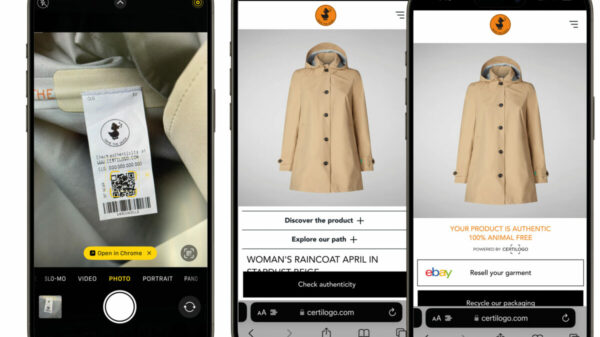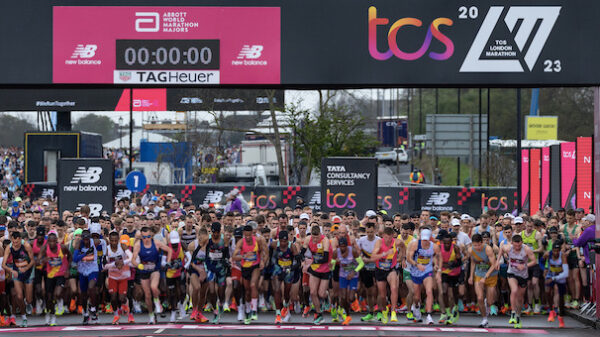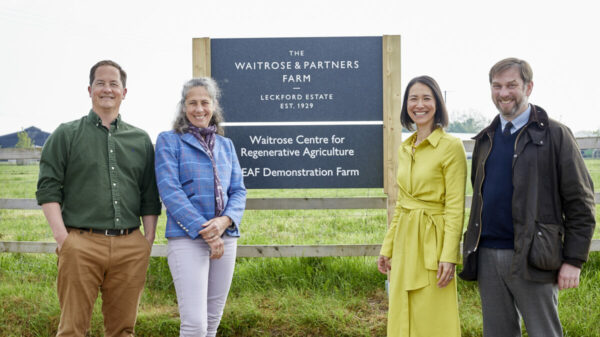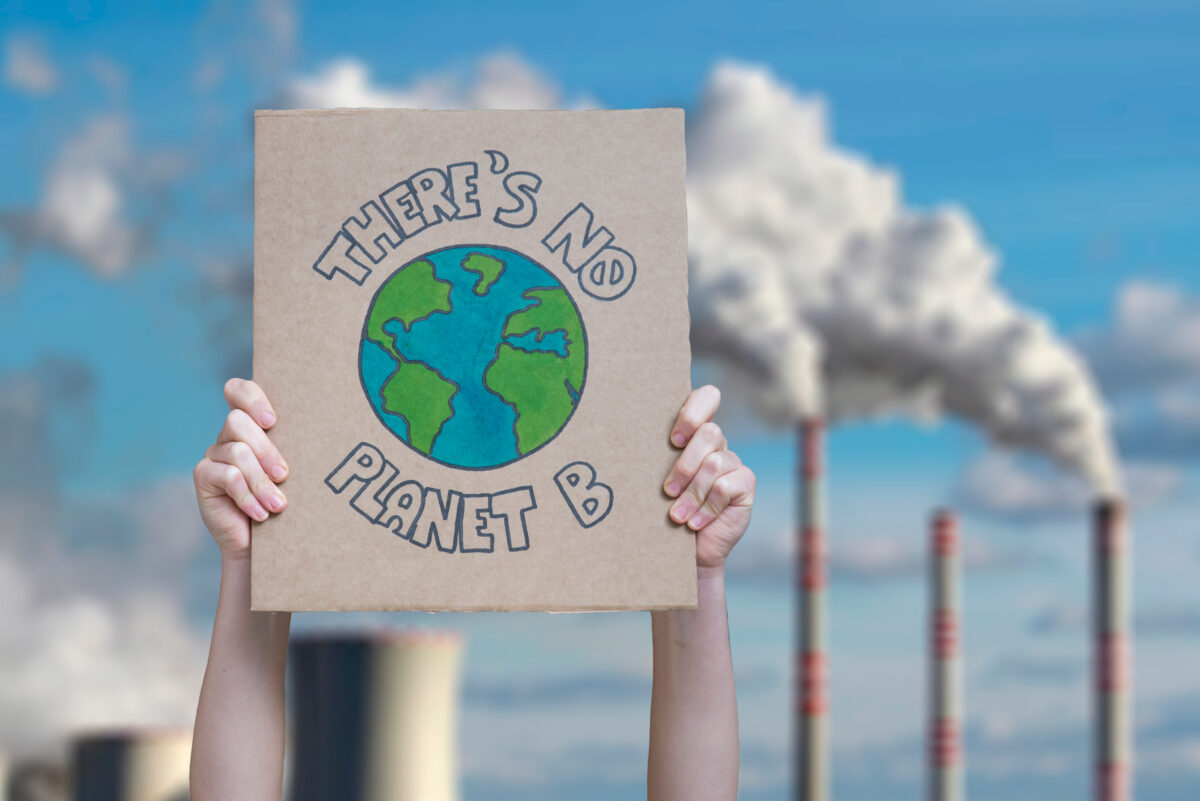Almost half (49%) of all used textiles in the UK are being thrown in the bin and destined for landfill, according to the latest research by recycling and circular economy charity Wrap.
The report highlights how fast fashion and a “throwaway culture” is harming both the environment and second-hand clothing markets.
Figures show that an estimated 49% of used textiles are being thrown out, with each person putting 35 items into general waste each year, while the amount of new textile products (those purchased first-hand) has reversed back to pre-Covid levels.
The charity is now warning that a “perfect storm is brewing”, with more clothing coming onto the second-hand market, with more fast fashion and low-quality items impacting on the profitability of established businesses that trade in quality second-hand clothing and textiles.
It warns that the UK doesn’t have sufficient infrastructure to accommodate all the clothing and textiles that are being discarded, adding that recycling and reuse organisations need urgent support to avoid sending waste to landfill.
It also highlights the need for improved design to make clothes more durable.
Subscribe to Sustainability Beat for free
Sign up here to get the latest sustainability news sent straight to your inbox everyday
The report also shows that the value of recovered textiles from textile banks and charities has fallen massively over the last decade.
The 2023 figures stood at £172.5 per tonne for textile banks and £255 per tonne for charity shops. Just a decade earlier, in 2013, figures were more than double at £406 per tonne for clothing banks, and significantly higher at £432 per tonne for charity shops.
Harriet Lamb, CEO, Wrap, said: “We’re all buying too many new items and then putting too many clothes in the waste-bin consigning them to landfill or incineration.
These are valuable resources, not waste. We should be giving to charity shops who rely on the income, selling on e-commerce, repairing or sharing – anything but the bin!”
Earlier this year, Wrap revealed almost three-quarters of Brits (74%) say supermarkets should be doing more to sell fruit and veg without plastic packaging.















